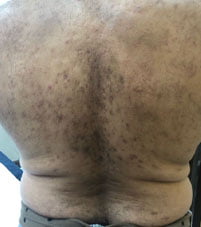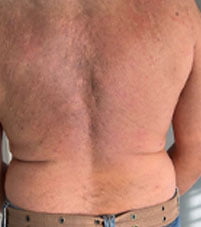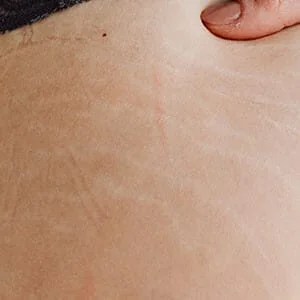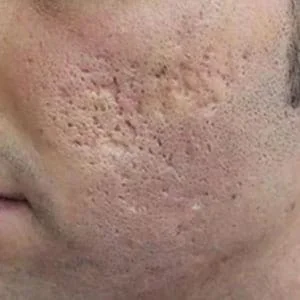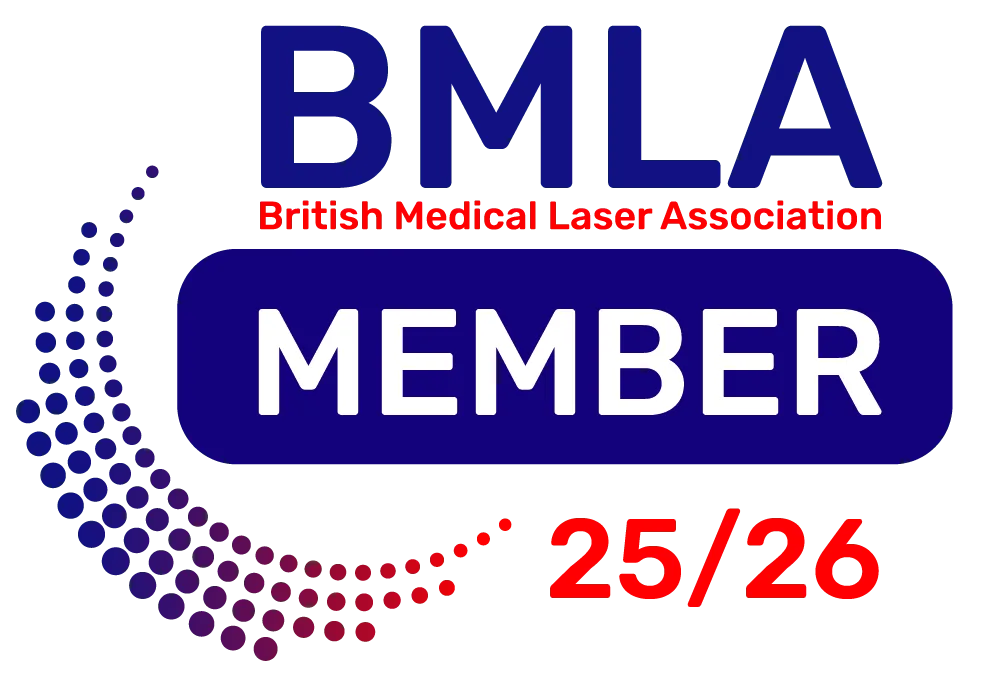Many people will develop one or more scars in their lifetime. These can appear as a result of injury, surgery or burns. They develop when the dermis (the deep layer of the skin) is damaged. Typically scars, if left untreated will be permanent but now there are non-surgical aesthetic treatments to reduce the appearance of these scars. We use a variety of methods to treat scars, primarily using the DEKA SmartXide Touch CO2 laser with minimal downtime and excellent cosmetic results.
Treatment Areas
Treatment Benefits
When the skin is damaged as a result of an injury, surgical incision or accident, scars are a painful memory of the event. There are many types of scars and often an individual’s skin reacts differently when damaged. Scarring is a natural part of the skin’s healing process and as new tissue is generated to replace the damaged tissue, new collagen fibres are generated. The new skin will naturally have a different texture to the untouched skin surrounding the scar – causing a different appearance. When your body produces too much tissue, the incision can turn into a raised scar (also known as a hypertrophic scar or keloid).
At Eve Clinics we can see patients who develop the following scars:
Acne scars as a result of severe or moderate active acne. Acne scars can appear on a number of areas of the body like the back and arms. More often than not, acne scars develop on the face and are very noticeable, leading to patients seeking treatment. There are different types of acne scars, including the following.
- Ice-pick scars (deep, narrow, pitted scars)
- Rolling scars (large depressions with a sloping edge)
- Boxcar scars (large depressions with sharply defined edges)
- Atrophic scars (flat, thin scars or depressed scars)
- Hypertrophic / keloid scars (thick lumpy scars)
We can also treat scars left behind after surgery. These can typically include C-section scars, scars after replacements (such as knees, hips, shoulders), FUT hair transplants (that leave a long thin scar on the back of the head), scars after plastic surgery and scars left behind from minor surgeries (such as surgical mole removal).
Of course, we can treat scars left behind after an injury or self-harm episode.
Although scars can appear at any age above 18, many have old scars they wish to reduce. These can successfully be treated using the CO2 laser carried out by our laser practitioner or Cortisone injections given by our surgeon.
Keloid scars are common and are particularly aggressive. They are thick, raised scars and come from overgrown scar tissue. Keloid scars are most common on darker skin types.
Although scars are harmless to your physical health, they can be very damaging to your mental health. Many patients will try to cover up scars with make-up, hair styles, face coverings or clothes. Luckily, there are now non-invasive methods to target scars leaving smooth, rejuvenated skin behind.
Raised scars should be started with cortisone followed by CO2 laser to improve the appearance of the skin. If scars are pigmented, we can introduce some whitening injections. Scars needs to be matured and you should ideally wait at least 6 months after formation. Indented scars can be treated with a little dermal filler that will help to smooth the skin.
Our treatments are bespoke to your individual concerns and our specialists provide successful results. We first start with an initial medical consultation to get to know your skin concerns and treatment goals. For some scars we must also do a patch test to ensure you are suitable for treatment, can benefit from the results and to ensure patient safety. We must conduct a medical consultation first to devise a treatment plan that may involve a combination of different procedures, depending on the scar type, area and severity. We’ll take a full medical history and provide you with the very best aftercare instructions so you can receive the best outcome.
Depending on the procedure, we will first apply a numbing cream or injection to make you more comfortable. Treatments are minimally invasive so involve little discomfort. For typical scar removal treatments, we use the DEKA SmartXide Touch CO2 Ablative Laser. This works to target scar tissue on the skin at the deepest level. The treatment is suitable for all skin types. The procedure will take around 30 minutes and around 3-5 sessions are normally required for best results. Treatment is suitable for healthy patients over the age of 18 and we can treat almost any area where a scar is present. The CO2 ablative laser only targets problematic, damaged skin, leaving healthy tissue untouched. Patients will be able to see the best results 6-8 weeks after their final session. During treatment, the laser glides over the skin to stimulate the production of collagen. The laser works by removing the thin outer layer of the affected skin. Because the laser sterilises the skin, you will not see any blood and there is a low risk of hypo/hyperpigmentation. Those with darker skin types are at a higher risk of experiencing hyperpigmentation after treatment. This can be discussed during your consultation and a specialist protocol taken. After the treatment course, patients will have healthy skin with diminished scars and an excellent cosmetic improvement.
The Deka SmartXide CO2 Ablative medical grade laser is the best laser and treatment for the reduction of scars and is backed by decades of research and clinical studies. It’s backed by a proven safety record and offers excellent cosmetic results. We choose the very best technology for our patients and are 100% confident in the treatments we offer.
Cortisone injections are also an option for some. They are carried out by our Doctor and typically used for Keloid or hypertrophic scars to reduce the size and soften them.
Whilst there is sometimes no way to avoid scarring, you can take precautions to reduce the effect of the scar. Your injuries should ideally be treated immediately and you should leave scabs alone – no picking or scratching! Wounds should be covered and movement minimised.
Frequently Asked Questions
Scar Removal Videos
Scar Management
Understanding Ablative and Fractional CO2 Laser
Before and After
I have just completed my CO2 Laser from Florina at Eve Clinic & I am so pleased with the results. Florina was so accommodating, put me at ease and went above and beyond every time. Thank you so much x

